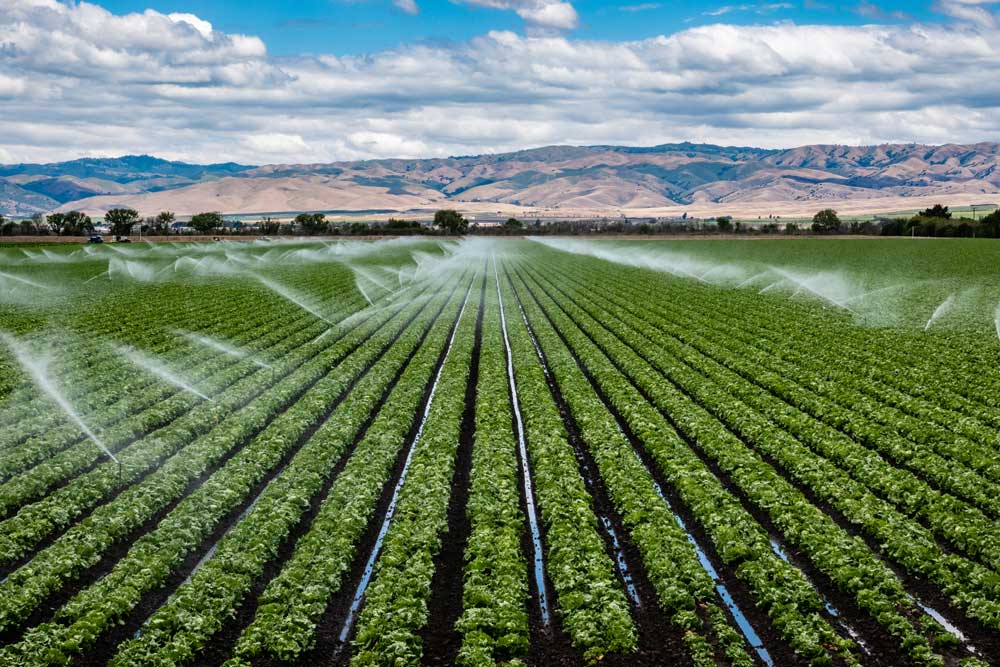There’s no other way to say it: The nation’s critical infrastructure is under attack and agribusinesses need to act fast. The industry recently learned about two more incidents targeting agriculture cooperatives, or co-ops, involving ransomware:
- $5.9 million was demanded by hacker group BlackMatter from New Cooperative, an Iowa grain cooperative
- Crystal Valley Cooperative, a Mankato, Minnesota-based ag cooperative shut down operations after a ransomware attack
This doesn’t come as a surprise. A few weeks ago, the White House urged vigilance and caution prior to the Labor Day holiday, citing an increased threat to the agriculture industry. The FBI issued an alert to “companies in the food and agricultural industry of a possible attack against U.S. food processing and agricultural companies.” And now, it seems as though the warnings were accurate.
The attacks affirm the fact that cybercriminals are likely to target organizations that provide essential goods and services to the U.S., as we saw earlier in the year with the Colonial Pipeline and JBS attacks. These incidents also highlight the critical need that agribusinesses must implement technology and safeguards that limit exposure and allow them to recover quickly – and without paying a ransom.
Start with these 5 steps to protect your Ag co-op from threats:
Focus on your passwords. One of the easiest ways for hackers to gain access to your network is through compromised usernames and passwords. Implementing best practices for password protection is a critical first step, including:
- Implement multi-factor authentication (MFA) across all technology systems and devices to add an extra layer of protection in the event of a compromised password
- Creating passwords that use a phrase that’s easy to remember but impossible for others to guess, such as phrases of randomly strung together words (for example: BrownPictureHogTied)
- Avoid writing your passwords down or storing them in your browser; instead, implement a password manager that requires MFA for added protection across devices and technology systems.
Secure your email. Common targets for hackers and cybercriminals include infiltrating employee emails or sending over links that can compromise the network. Focus on some of the following areas to boost email security:
- Implement Domain-based Message Authenticating, Reporting and Conformance (DMARC), which is an email authentication protocol that monitors fraudulent emails that are pretending to come from within the organization.
- Be aware of the risks of ACH phishing and how to approach any emails that request client or internal account information or authorizations.
- Engage in employee training on safe email practices using a training platform such as KnowBe4, which starts with a baseline test designed to see what percentage of your users are susceptible to phishing attempts. Then, it helps train users to make more informed and safer decisions regarding email security.
Plan ahead. In the threat landscape businesses operate within, it’s not if you’ll be compromised, but when. A crucial part of protecting your business is to plan ahead using the following best practices:
- Look at your business technology needs and figure out the kind of backup services you need to meet your recovery goals. This will be determined by the needs of your organization – and in agriculture and fresh produce, this means the need for up-to-the-minute details from your ERP system.
- Have a disaster recovery plan in place and test it regularly. Documentation of this process includes laying out a set of procedures for recovery, and testing to make sure everything works when it is supposed to, which can help protect you from a disaster that can cripple your business.
- Go beyond disaster recovery to incident response planning, which means laying out how you will communicate internally and externally, how an incident should be handled by all departments, and how IT will get the technology affected back up and running.
Involve your vendors. The agribusiness ecosystem is wrapped up together in a supply chain that is dependent on each other. Large organizations may have hundreds of vendors on which they’re dependent on to deliver packaging, transportation, refrigeration and storage, processing, and much more. A single cybersecurity incident can affect a vendor and case a ripple effect across the supply chain.
- Engage in a risk assessment to determine whether your vendors are engaging in safe and secure technology practices. This exercise will help you determine where the risks to your business are and may help your vendor address their own vulnerabilities in the process.
- Determine the roles that your vendors play in your supply chain and the process you have for delivering products or services to clients.
- Address the risks with an actionable risk management plan for your supply chain vendors. It’s one thing to identify a problem, and it’s another to solve it using expert advice.
Enhance vigilance. Defensive strategies like the ones mentioned above can help protect your network and data from attack, but when a breach occurs, it’s necessary to know about it quickly so you can get the attackers out of the system quickly. Leveraging technology that offers ongoing vigilance is one way to accomplish this, such as Arctic Wolf, which offers a 24/7 security operations center-as-a-service (SOCaaS) cloud platform that can identify potential breaches and anomalies in day-to-day operations. This provides Ag co-ops with ongoing risk management to proactively protect the environment.
Protecting your agriculture co-op from risk takes acceptance of the fact that there are significant risks in the nation’s food supply and then making the choice to actively engage in mitigating that risk. Through ongoing training, best practices, incident response planning and disaster recovery, and risk management, your business can be better prepared when the unthinkable occurs.
Do you know where to start? If not, ZAG can identify ways to begin. Click here to contact us.



